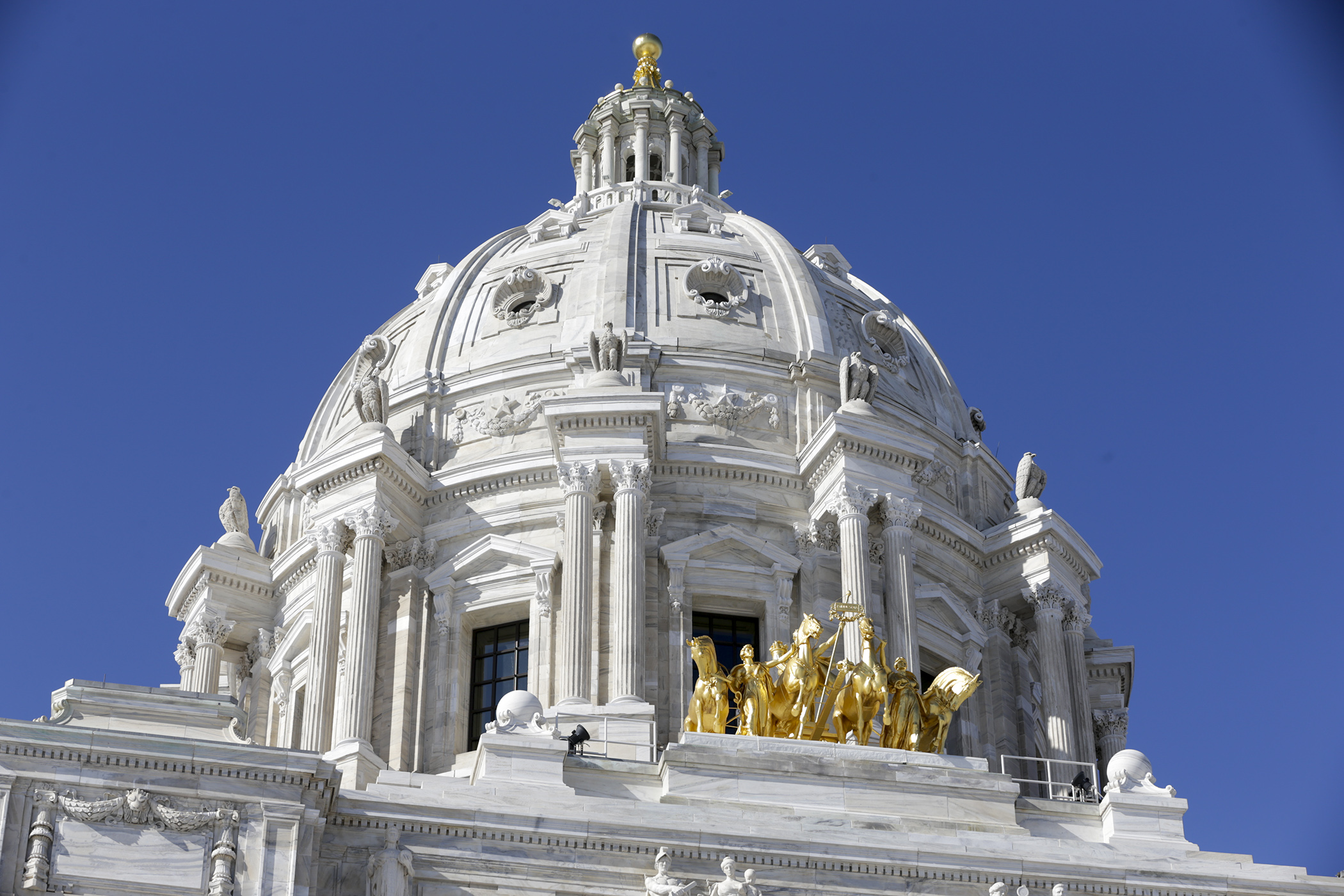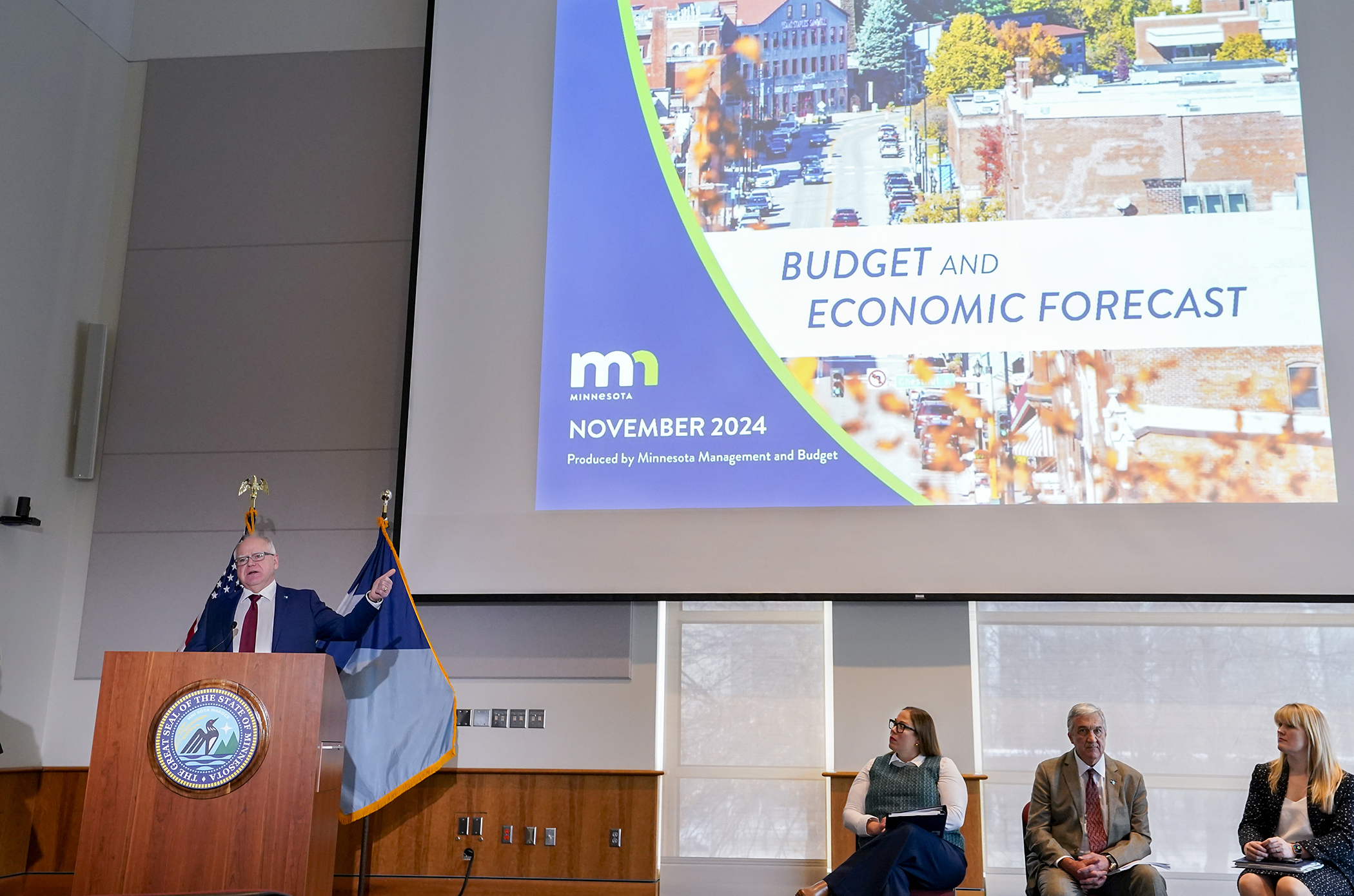Legacy Committee hears of COVID-19 impact on the arts
In recent years, Minnesotans working in the arts had grown accustomed to the envy expressed by colleagues from elsewhere. For theirs was the state that had a dedicated funding source for the arts through the Legacy Amendment, which reserves 19.75% of its sales-tax-generated revenue for the arts and cultural heritage.
But then came March 13, 2020.
Unlike industries that could more easily adapt to employees working from home during the COVID-19 pandemic, arts organizations have traditionally been dependent upon patrons coming through the door and attending a performance, art exhibit or other event. Such activity abruptly ceased.
How the state’s arts organizations have responded to this seismic shift was the subject of Wednesday’s meeting of the House Legacy Finance Committee. Seven testifiers shared tales of how their organizations have been affected by the pandemic, from Minneapolis’ Guthrie Theater to the Duluth Art Institute to Glenwood’s Central Square arts center. Despite the slashing of events, income, staff and budgets, they told stories of resilience and gratitude.
Framing the discussion was Larry Redmond, representing Minnesota Citizens for the Arts.
“There are well over 1,200 nonprofit arts organizations in Minnesota,” he said. “We have one of the world’s major arts communities. … In a state of 5.5 million people, arts events have 23 million attendees annually. … But, as COVID sank its fangs into our lives, our arts organizations were extremely affected. Never before have our private contributions been so affected.”
“Our greatest struggle was the unknown,” said Cheryl Larson, executive director of Central Square in Glenwood. “Being in an event planning industry, you don’t just book concerts overnight. We plan them a year in advance. … As I look at my calendar, it says, ‘Canceled, canceled, canceled.’”
Although St. Paul’s Ordway Center for the Performing Arts is a considerably larger organization, its interim president, Christine Sagstetter, was in a similar position.
“All of a sudden, all earned income was gone,” she said. “On April 1, we laid off 90% of our workforce, almost all of them performance-based. All of the remaining staff were working with pay cuts and reduced hours. Running the Ordway dark was not what it was built to do. Who knew that you had to invest in cooking oil to keep the plumbing working?”
Christina Woods, executive director of the Duluth Art Institute, added, “Typically, 60,000 come through our galleries in a year. This year, we had 3,000 visitors.”
The largest arts organization represented was Minneapolis’ Guthrie Theater. Artistic Director Joseph Haj said over 200 employees were terminated, not including contracted employees, and the theater lost $27 million in revenue.
But performing arts organizations are all about performing. And each of the testifiers said that they resolved to do exactly that, if only in a virtual capacity.
May Lee-Yang, co-founder of the St. Paul-based Funny Asian Women Kollective, said, “We knew that we couldn’t hole up and wait out the pandemic, so we applied for relief grants and reimagined our work. We were scheduled at the Ordway, but that was canceled, so we set up a show in the back of a pickup truck and did a pop-up drive-through comedy show.”
“For a visceral art form like dance, virtual can’t replace in person,” said Tamara Nadel, Minneapolis-based Ragamala Dance Company’s director of institutional development. “But we’ve reached 80,000 people through our virtual programming.”
The Guthrie also got into the virtual act.
“It became clear that we couldn’t do our 47th annual production of ‘A Christmas Carol,’” Haj said. “But I thought that this story was as important as ever, about someone who realizes the importance of helping those around him. So we created a film of it, and 1,900 educators signed up and 125,000 students saw the show.”
Meanwhile, musical organizations started livestreaming performances from an empty Ordway while others became involved in the sewing of masks and conducting food share programs.
Each testifier expressed thanks for Legacy funds, and underlined the importance of the arts in the lives of Minnesotans.
“The arts will build a bridge of empathy and connection,” Haj said. “The arts make us better citizens, better humans by helping us better understand ourselves and our neighbors.”
Related Articles
Search Session Daily
Advanced Search OptionsPriority Dailies
Ways and Means Committee OKs House budget resolution
By Mike Cook Total net General Fund expenditures in the 2026-27 biennium will not exceed a hair less than $66.62 billion.
That is the budget resolution approved Tuesday by the House Ways...
Total net General Fund expenditures in the 2026-27 biennium will not exceed a hair less than $66.62 billion.
That is the budget resolution approved Tuesday by the House Ways...
Minnesota's budget outlook worsens in both near, long term
By Rob Hubbard It looks as if those calling for less state spending could get their wish, judging from Thursday’s release of the February 2025 Budget and Economic Forecast.
A state su...
It looks as if those calling for less state spending could get their wish, judging from Thursday’s release of the February 2025 Budget and Economic Forecast.
A state su...